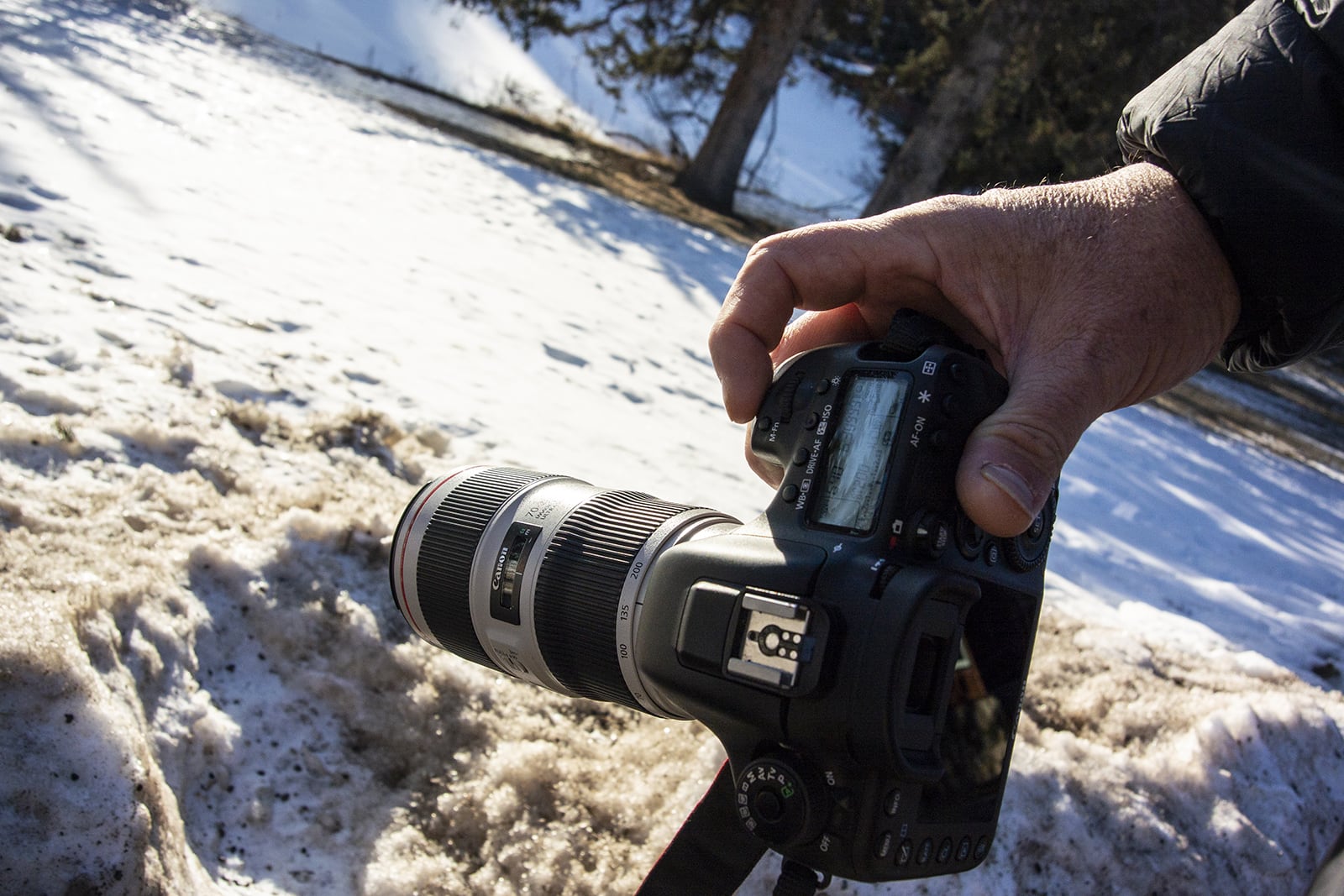Canon EF 70-200 f/4 L IS II USM lens: Tested

A telephoto zoom lens is a must-have for any adventure/sports/outdoor/landscape photographer. The most popular range of a telephoto zoom is, generally, the 70-200mm variants with a fixed aperture across the entire focal length. This allows for portraiture style shots when desired as well as longer zoom shots that close in on the subject, all while attaining (if desired) that creamy background via the fast aperture, to isolate the action. They’re also a handy focal length in regards photographing larger wildlife (for some pro tips on wildlife photography, see here). And, of course, these lenses shine in the adventure world. Enter the Canon 70-200 f/4 L IS II USM lens.
I have been a Canon user for decades and always aspired to own some of the company’s famous L-series lenses, denoting its professional grade of optics and – in the longer focal range, further denoted by the famous ‘white lens’. Many years ago, I got lucky finding a second-hand EF 70-200 f/2.8 IS USM. This lens is awesome – fast, sharp and up to a beating on outdoor assignments – but it is also heavy.
For that loss of one stop of light between Canon’s two EF 70-200 pro lenses (f/4 compared to f/2.8), there is a significant weight advantage; the f/4 lens weighs nearly half the faster version; with the f/4 at 780g versus the f/2.8’s 1480g, making it a far more enjoyable lens to lug around in your backpack. Plus, you sacrifice very little (if anything) in terms of image quality and overall performance. This lens offers five-stop image stabilisation, a reduced minimum focusing distance and a maximum magnification of 0.27x versus the original version’s 0.21. It retains the 20/15 element/group count of the original version, along with a nine-blade rounded aperture and improved weather sealing.

I have used this lens now for two separate assignments – one was cycling focused, while the other saw a mix of portraiture, wildlife and action photography, with both of these being in remote, rugged areas, with plenty of dust, snow, grit and wild weather to test the build quality of this lens (it passed with flying colours). The zoom is relatively silent in operation and the lens’s lighter weight is a huge advantage when it comes to moving quickly to get the perfect shot. The resulting images were very sharp with plenty of colour and, when using it at f/4, the blurred background retained that ‘creamy’ appearance that is so beloved of those trying to isolate a subject against a background. The claimed five stops of image stabilisation in this lens also came in handy in low-light when shooting hand-held, rather than having to take up valuable photography time setting up to use it with a tripod.
For this writer, the EF 70-200 f/4L IS II USM is the ideal addition to my photography bag when on any assignment, whether that is for a few days or for a serious and remote expedition. The robust construction, fast focusing, excellent image stabilisation and that light weight all make it ideal for those types of shoots. It’s a not inconsiderable amount of money (even though it is a hell of a lot cheaper than the f/2.8 version, which retails at $3199), but that outlay does result in a very sound long-term investment for photographers. Add this lens to a wide-angle (say, Canon’s EF 16-35 f/4L IS USM or the EF 24-70 f/4L IS USM) and you’d have a lightweight, robust twin-lens kit that’ll enable you to bring back some amazingly sharp and detailed images from that next adventure. It was a sad day when I had to give this lens back to Canon Australia.
RRP: $2049 See Canon Australia for stockists.

